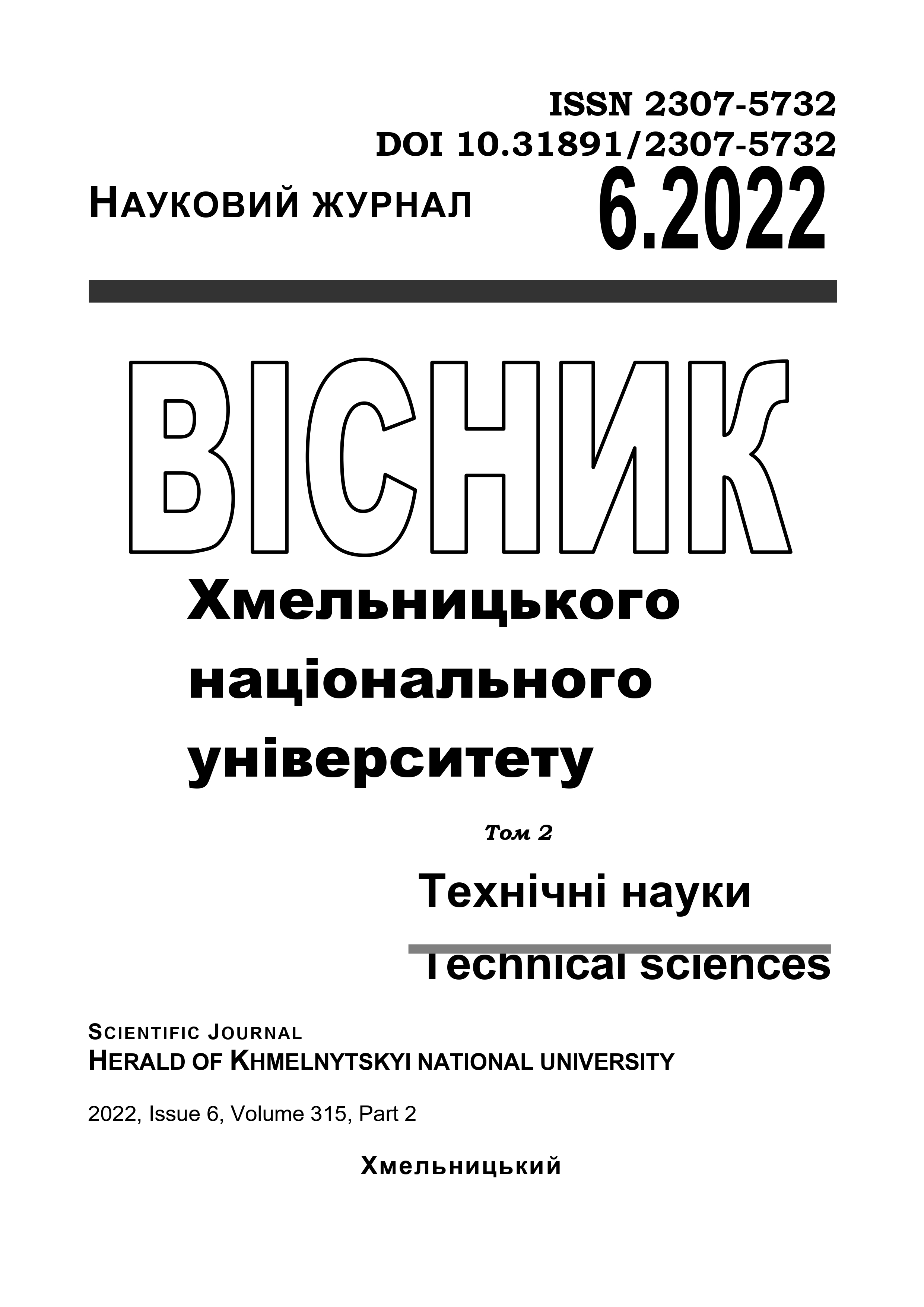ESTABLISHING THE REGULARITIES OF SPECTRUM BROADENING IN OPTICAL PULSES BY METHODS OF SINGLE INTELECTU
DOI:
https://doi.org/10.31891/2307-5732-2022-315-6(2)-80-86Keywords:
fiber optic transmission systems, nonlinear effects, spectrum, computer simulation, artificial intelligence, structural identification methodsAbstract
In the applied aspect, the problem solved refers to the tasks of increasing the speed of information transmission in trunk fiber-optical networks (FOTS). Since such systems are not yet available, the distribution of signals is studied using an imitation model. This model is based on the nonlinear differential equation of Schrödinger. The problem of the problem is carried out in the author's program Nonlinear. As a result of modeling, a significant array of experimental data was obtained. The data was obtained for different types of envelope optical signals and different levels of nonlinear effects. The transfer of information by optical solitons is considered one of the promising areas of improvement of the FOTS. Solitonic effects are achieved in the nonlinear regime of FOTS. In this case, there is either the preservation of the effective duration of optical impulses. At the same time, the effect of expanding the spectrum of these impulses arises. This phenomenon should be taken into account with the synthesis of optimal uneven frequency plans for adaptive sags.
To solve this problem, it is important to minimize the number of measurements in promising SPP. For this, it is necessary to establish patterns of changes in the spectra of optical impulses in the form of analytical dependencies. In this work, this problem is solved by the methods of artificial intelligence. The task of interpolation on sparse channel plans is solved by parametric identification methods. The task of extrapolation to arbitrary frequency plans is solved by structural identification methods.
The work found that the dependences between the initial width of the spectrum of optical impulses and the width of the spectrum on the side of the reception are quite smooth. The problem of interpolation is solved on a lot of sedate polynomes. The solution to the problem of extrapolation on different methods of organizing frequency plans shows that the effective models between the initial and final width of the impulses are optimal are polynomes of the fourth or fifth order.
Downloads
Published
Issue
Section
License
Copyright (c) 2022 МИКОЛА ОДЕГОВ, Л. БУКАТА, І. БАЛЄЄВ (Автор)

This work is licensed under a Creative Commons Attribution 4.0 International License.

